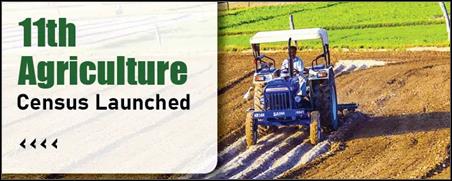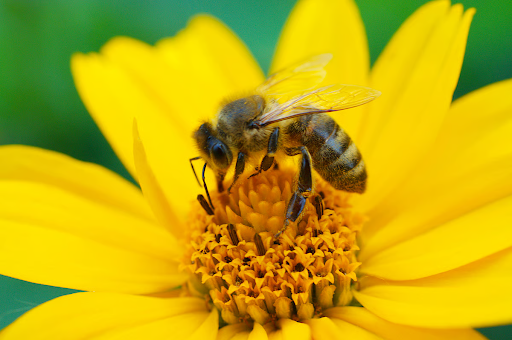Description

Disclaimer: Copyright infringement not intended.
Context
- Ministry of Agriculture & Farmers Welfare launched the 11th Agriculture Census in the country.
Agriculture Census
- A census of agricultureis a statistical operation for collecting, processing and disseminating data on the structure of agriculture, covering the whole or a significant part of a country.
- Typical structural data collected in a census of agriculture are number and size of holdings, land tenure, land use, crop area, irrigation, livestock numbers, gender of holders, number of household members, labour and other agricultural inputs.
Agricultural census in India
- Agriculture Census in India is conducted every 5 years.
- The 1970/1971 Census was considered the first comprehensive census of agriculture to be conducted in the country.
- Quinquennial censuses of agriculture were successively undertaken in 1976/1977, 1980/1981, 1985/1986, 1990/1991, 1995/1996, 2000/2001, 2005/2006, 2010/2011 and 2015/2016. Thus, so far, ten Agriculture Censuses have been conducted.

11th Agricultural Census
- The fieldwork of the Eleventh Agricultural Census (2021-22) which is being undertaken now after a delay due to corona pandemic will start in August 2022 itself.
- This is the first time that data collection for the agricultural census will be conducted on smart-phones and tablets so that data is available in time.
- The new initiatives highlighted in the presentation include use of digital land records like land title records and survey reports, collection of data through app/software using smartphone/tablet, complete enumeration of all villages in states with non-land records during Phase-I as done in states having land records, and real time monitoring of progress and processing.
Significance
- The agricultural census is the main source of information on a variety of parameters, such as the number and area of operational holdings, their size, class-wise distribution, land use, tenancy and cropping pattern, etc.
- Plus, the use of digitised land records and the use of mobile apps for data collection this time will enable the creation of a database of operational holdings in the country.
- There is a need to change their standard of living, organize small farmers in order to empower them, attract them towards remunerative crops and ensure the quality of the produce at par with global standards.
- Agricultural statistics are useful for planning such polices monitoring and evaluation purposes as well as research and development. They promote investment opportunities and increase farmer’s income.
https://pib.gov.in/PressReleasePage.aspx?PRID=1845856#:~:text=The%20Eleventh%20Agricultural%20Census%20(2021,and%20agricultural%20country%20like%20India.
1.png)









